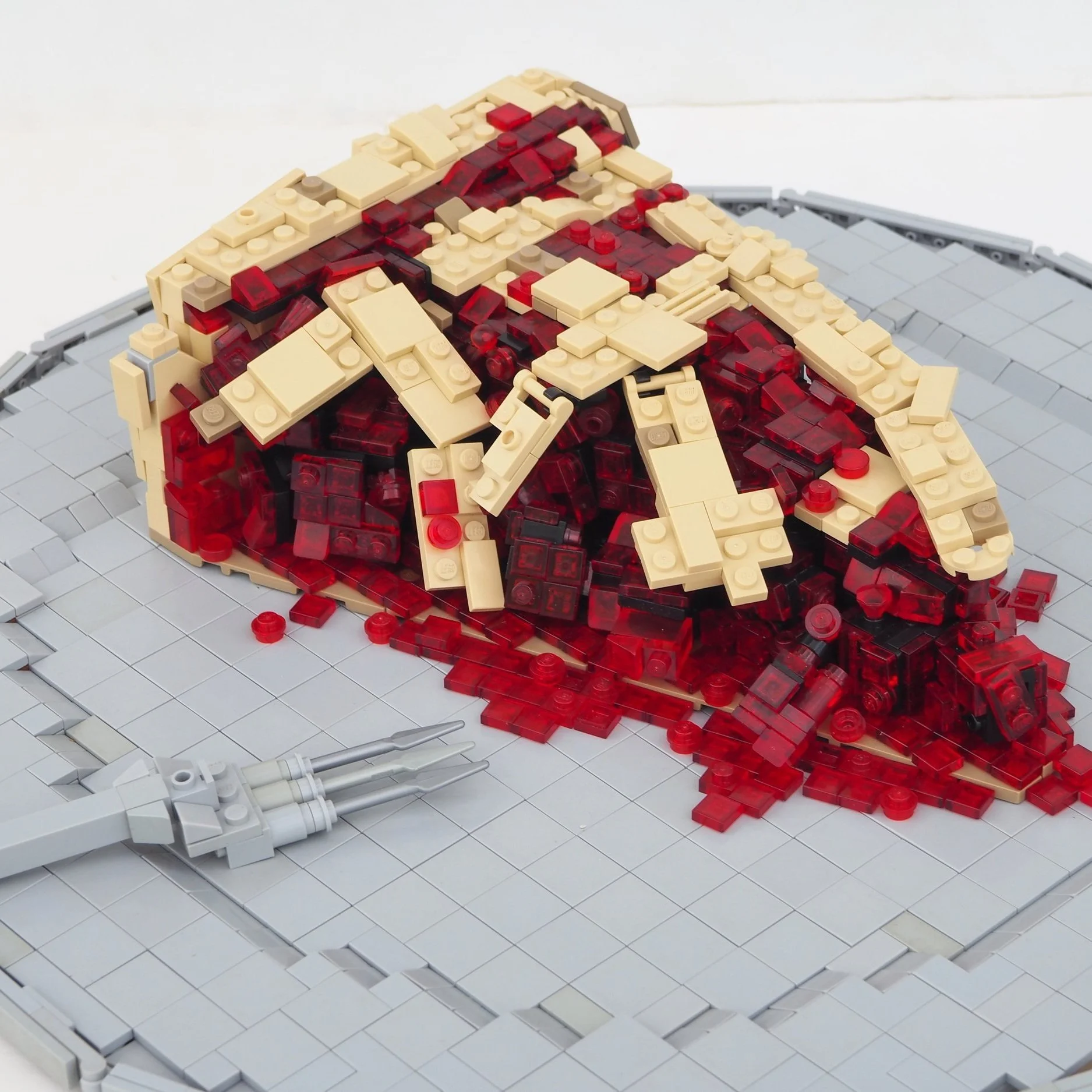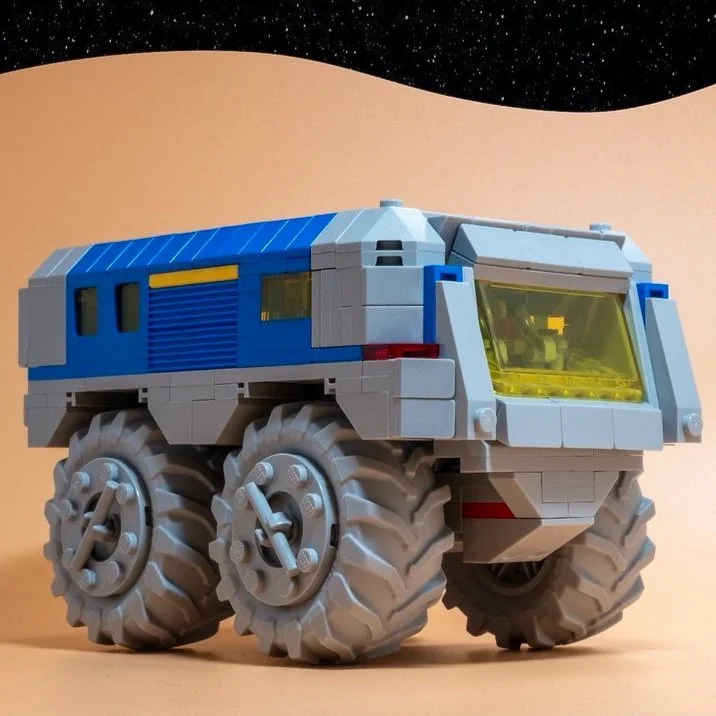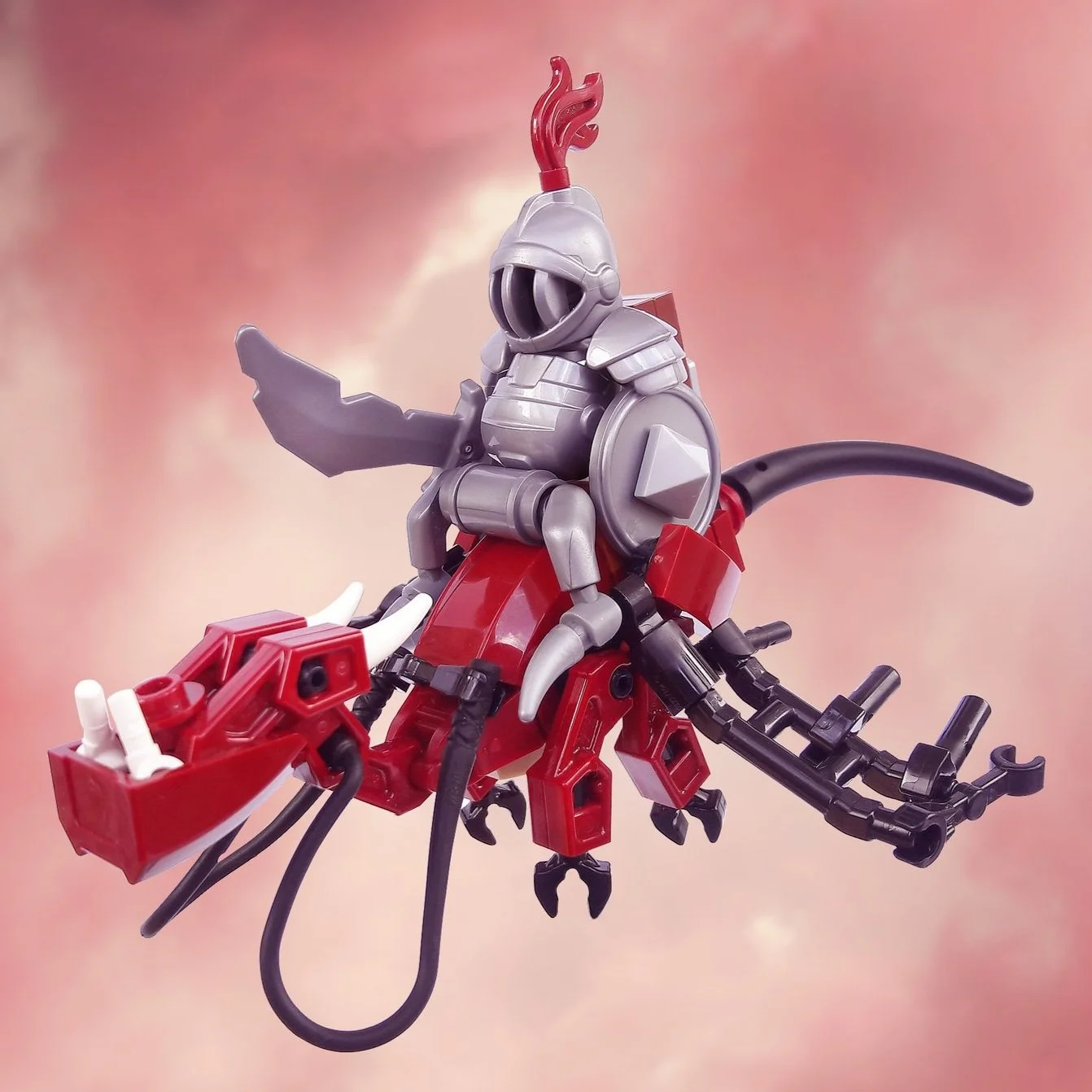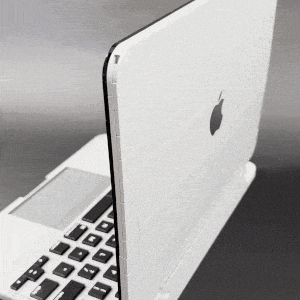Hubble Space Telescope
/The Hubble Space Telescope (HST) is perhaps one of the most amazing scientific tools humans have ever built. I maybe strongly biased in that statement as I am a giant space geek, and have had connections to both the HST and ISS. What we’ve learned about our universe form Hubble over the last 29 years (launched on STS-31 on April 24, 1990) is mind blowing. We’ve better defined the Hubble constant (measure of the rate of the universes’ expansion), learned more about black holes, closer to home it watched the comment Shoemaker-Levy 9 crash into Jupiter, and looked father then we have before. 15,000+ peer reviewed scientific published scientific papers have been based on the HST’s over 150 terabytes of data. And this is a very high level pull from NASA.gov and Wikipedia . It was serviced five times by Space Shuttle crews, a very difficult task as Hubble orbits at the upper end of where the Space Shuttle could reach in orbit and it was not originally designed to be serviced! Luis Peña build a beautiful 1:42 scale model for ChileLUG’s upcoming display at the Planetarium of Santiago de Chile. The HST isn’t a very complex as far as scaled models go, couple stacked cylinders, add the solar arrays, antennas and the forward cover, and most people will recognize it. LEGO has included the HST in several sets even. However at this scale you really get to appreciate the size of the telescope and it is large enough to include some of the finer details, like the yellow trunnion supports that held it in to the shuttle’s payload bay, and some of the tubes and cables. My one tiny nit pic as a space geek is the aft trunnion supports are missing. Overall a fantastic model, and the use of one of Hubble’s amazing images as a back drop is a superb choice.




















